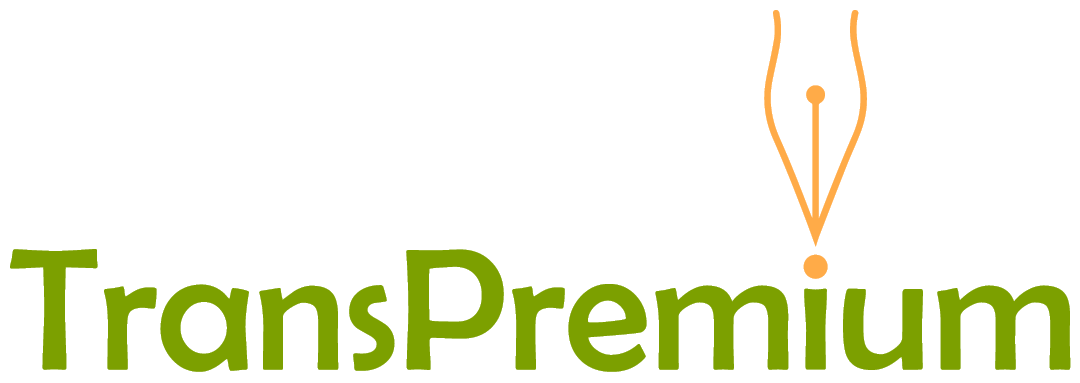
Diversity and Inclusion: What’s The Difference?
‘Diversity’ and ‘inclusion’ are two HR buzzwords that are commonly thrown around. But what do they actually mean? How are they different? And why are these differences important? This post explains the difference between the two, why they are important and how to enforce both of them in your workplace.
What is diversity?
Diversity within business is all about representing different demographics. Instead of just catering to one group, it involves catering to a wide range of people of different ages, genders, orientations, ethnicities, classes and disabilities.
Diversity is important within recruitment so that all applicants are given an equal chance. While qualifications, experience and applied skill should all still be assessed, it’s important that other factors like age and race do not play a part in decision-making. On top of making your hiring process fair, diversity can have other benefits such as making your company look better and making employees feel prouder. As this GoodHire survey on DE&I at work states, many people even find a diverse workforce to be more productive. This could be due to the fact that having employees from many different walks of life helps encourage more creative problem-solving.
It can also be important to consider diversity within marketing. While many products are aimed at a specific demographic, there is still likely to be a lot of diversity within that demographic. Make sure that the words and images used in your marketing represent this range of consumers.
What is inclusion?
Inclusion is about not just welcoming diversity but taking extra measures to accommodate those of different demographics.
For example, within a workforce this could include installing easy access toilets for disabled employees or making exceptions to dress code regulations such as allowing people to wear religious items. It involves respecting the individual rights of every employee.
Inclusion can also be important to consider within product and service design. For example, an inclusive restaurant will consider meal options for kids, vegans and those with allergies/intolerances so that all diners can be accomodated
How to enforce both?
It’s important that all of your team are educated on diversity and inclusion. HR staff need to understand the importance of selecting a diverse range of applicants. Client-facing staff members meanwhile need to understand how to accommodate those with disabilities or health issues (such as knowing whether the allergy menu is located).
It could also be worth going over examples of discrimination with your team in order to discourage such behavior, as well as having a discrimination policy in place as to how to reprimand employees. All cases of discrimination should be taken seriously and one-on-one meetings should be held with all those involved. Of course, it’s important that you set a good example as an employer and correct any discriminatory behavior that you may be guilty of.






